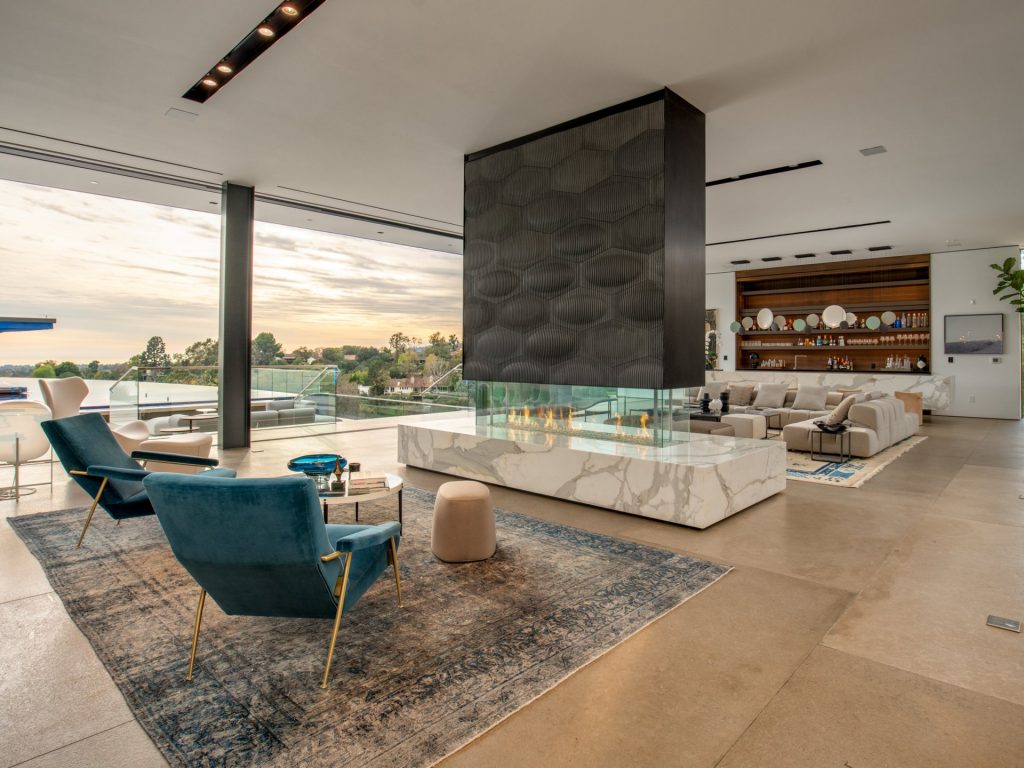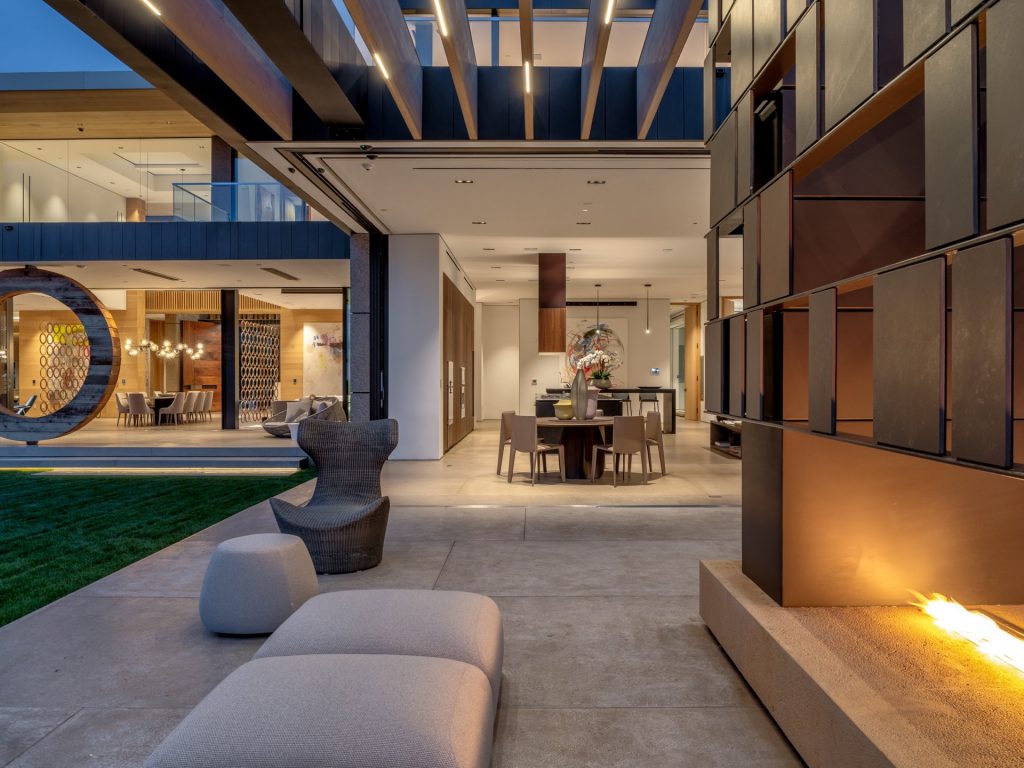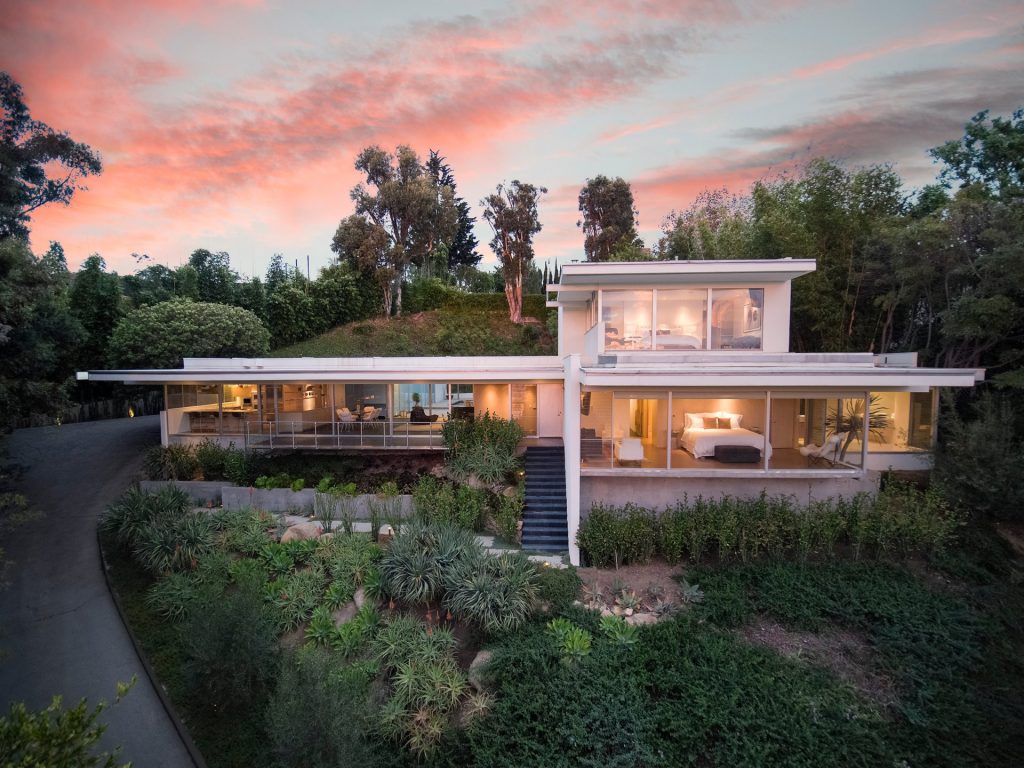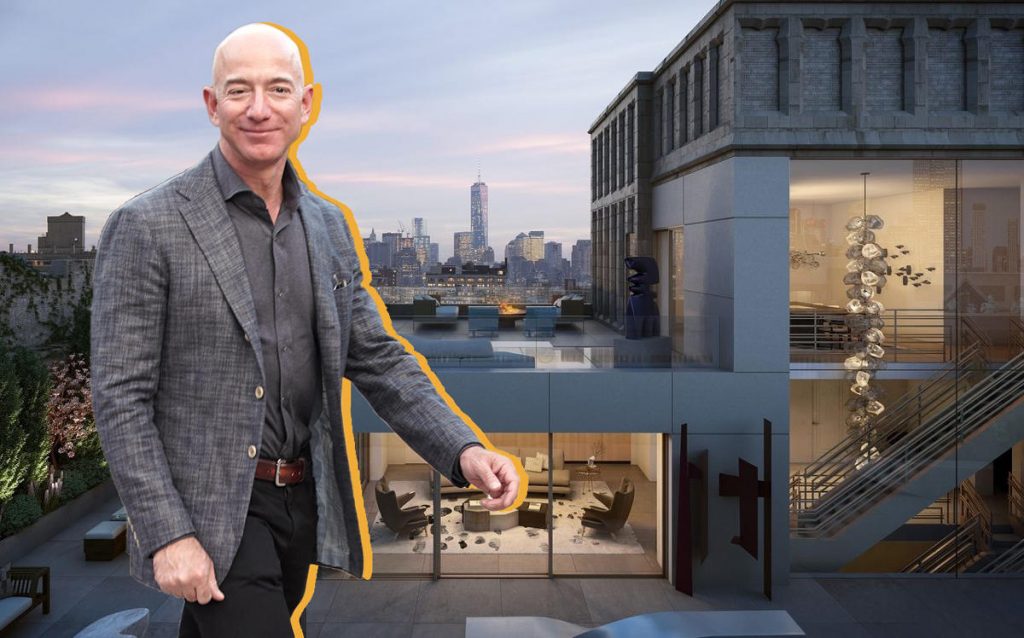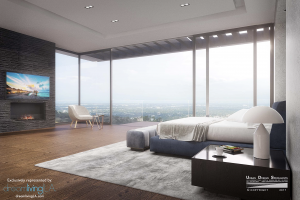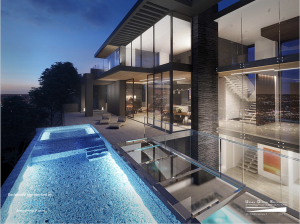PUBLIC NOTICE Los Angeles Property Owners Near Wildfires Urged to Report Unsolicited Offers to Buy Their Properties Under Fair Market Value

January 17, 2025
PUBLIC NOTICE
Los Angeles Property Owners Near Wildfires Urged to Report Unsolicited Offers to Buy Their Properties Under Fair Market Value
Sacramento, Calif. – On January 14, 2025, Governor Newsom issued Executive Order N-7-25 (Order) in response to the recent Southern California fires that have devastated multiple communities across the Greater Los Angeles Area.
Following these fires, homeowners, business property owners, and faith leaders have reported receiving unsolicited offers to purchase their property, in many instances, for amounts far less than the fair market value prior to this emergency. Although property owners have the right to sell their property, those impacted by these fires, and particularly property owners who may have lost their family home or businesses, may be vulnerable to the exploitative practices of unscrupulous individuals seeking profit from this disaster. If you receive an unsolicited offer for what seems to be a lower price than what you believe your property to have been worth just before the recent wildfires, please report that to DRE at [email protected].
Summary of Executive Order N-7-25
The Order protects property owners in fire-impacted areas from predatory real estate speculators by prohibiting unsolicited offers to purchase, or acquire any interest in real property, for an amount less than the fair market value of the property or property interest, as it was on January 6, 2025. The Order applies to properties in the zip codes listed below. This prohibition is in effect until Monday, April 14, 2025. Any person who violates the Order can be convicted of a misdemeanor punishable by a fine of up to $1,000 and/or by imprisonment for up to six months.
The Order does not prohibit anyone from selling their property should they wish to do so.
Properties covered under the Order include those in the following zip codes: 90019, 90041, 90049, 90066, 90265, 90272, 90290, 90402, 91001, 91040, 91104, 91106, 91107, 93535, and 93536.
These zip codes cover areas in the Greater Los Angeles Area especially hard hit by the recent fires, such as parts of Altadena, Pacific Palisades, Pasadena, Mid-Wilshire, Eagle Rock, Barrington, Mar Vista, Malibu, Topanga, Santa Monica, Sunland, Lancaster, Culver City, and Mar Vista.
What is an unsolicited offer?
An unsolicited offer is an offer made to a property owner that was not seeking a buyer and may include offers made on properties that have not been listed or otherwise advertised for sale. An unsolicited offer might come to property owners via a variety of means – such as text, email, phone call, or mail. Such an offer may be made by people claiming that they are the prospective buyer or that they represent the buyer.
The person making that offer might offer a description of themselves as someone helping people in financial distress, an investor, a real estate agent or broker, a representative for an investor, or someone with cash on hand who buys any property in any condition.
As you look at the offer, you might notice that the price on the offer seems to be a lower value than what you estimate your property was worth before the recent wildfires.
If you experienced a situation like this after January 6, 2025, it may be in violation of Executive Order N-7-25.
What can unlawful, unfair, or fraudulent practices look like?
The person making the offer or saying that they represent a buyer threatens that you might not qualify for insurance in the future, so you should sell your property to them or their buyer.
The person promises all cash, a quick closing, a hassle-free transaction, a pre-closing cash advance, full payment of any liens, low or no commission, or the opportunity to avoid foreclosure if you sell your property to them or their buyer. While these promises are tempting, remember that the buyer or their representative speaking with you is not considering your best interests and may be trying to take advantage of your situation. It’s also important to remember that any unsolicited offer made in the next three months that is below what your property was worth before the fires is a violation of the Executive Order.
The person making the unsolicited offer is vague when answering your questions.
The offer on the property is far below what your property was worth before the fires. Even if your property is damaged or destroyed, it’s important that you take the time to have a professional help you determine the value of the property. It’s also important to remember that any unsolicited offer made in the next three months that is below what your property was worth before the fires is a violation of the Executive Order.
If you receive an unsolicited offer from a person for what seems to be a lower price than what you believed your property to be worth just before the recent wildfires, or otherwise feels unfair or fraudulent please report that to DRE at [email protected].
Take your time to evaluate an offer.
The Order protects property owners’ ability to make decisions regarding their property free from the pressure and duress which can result from aggressive and unsolicited offers to purchase your property. Keep in mind that the Order relates only to unsolicited offers to purchase your property and does not interfere with your ability or rights to sell or transfer your property otherwise.
You should take your time to make a sound decision before accepting an offer to sell your property, and consider consulting with others as to whether or not the sale is in your best interests, and, if yes, at what price and under what terms and conditions. Before you make any decisions on what to do with your property, it’s important to remember the factors that you would have considered if you were selling your home before the fires:
· You would have time to research the value of your property so you could market it at a price you are comfortable with and would be able to pay off any loans and liens (such as a mortgage).
· You would continue to make payments on your mortgage loan through the close of the sale/escrow.
· You might receive and consider other offers with different terms and conditions.
· You would sell to a buyer that best meets your financial needs as a seller.
· If it was your preference, you would have reached out to a real estate agent to assist you with the sale and/or an attorney to review the sale agreements.
Relevant Resources
There are many other resources available to you if your property has been damaged or destroyed in the recent fires and you are not sure about next steps with your property.
Your Lender/Loan Servicer
If you have a mortgage loan, you should contact your mortgage lender/loan servicer to learn about programs they may have to assist you such as temporary postponements of payments.
If you have a loan through a federal or state program, contact the program agency to learn of programs they may have to assist you. Such agencies include:
· Fannie Mae
· Freddie Mac
· U.S. Department of Housing and Urban Development
· Federal Emergency Management Agency
Your Insurance Provider
If your property has been damaged and you have fire insurance coverage, you should contact your insurance provider for information about a claim to rebuild.
If you have a question about your insurance or a dispute with your insurance company, call the California Department of Insurance at 1-800-927-4357. The California Department of Insurance also offers resources to help wildfire victims here: Resources to Help Recent Wildfire Victims
Housing Counselor
A HUD-approved housing counselor can provide advice on renting, credit issues, foreclosure avoidance, and more. Call HUD at 1-800-569-4287 to find a housing counseling agency near you or visit their website: Housing Counseling | HUD.gov / U.S. Department of Housing and Urban Development (HUD)
Legal Aid
Local non-profit, legal aid services may be able to provide additional information on resources or provide legal help.
Legal Aid Foundation of Los Angeles: Los Angeles Fire Emergency – LAFLA: Legal Aid Foundation of Los Angeles
Los Angeles Regional Small Business Legal Aid Program: LA Regional Small Business Owners Legal Aid Program – Small Business Development
National Do-Not-Call Registry
You can register your phone number on the National Do Not Call Registry to prevent unwanted sales calls. If your phone number is already on the registry, you can also report unwanted calls. Go to www.donotcall.gov for more information.
A Licensed Contractor
If you are at the point where you can start to repair or rebuild, make sure you confirm that the contractor you are looking to hire is a licensed contractor with the Contractors State License Board. https://www.cslb.ca.gov/media_room/disaster_help_center/
How to Report a Violation
If you have received an unsolicited offer to purchase your property that you believe may violate the Executive Order, please file a complaint with DRE by emailing [email protected]. We ask that you provide your name, contact information, property address, information about the person who made you an offer, and information about the unsolicited offer. You may also report the violation to the Attorney General’s Office at oag.ca.gov/report.
How DRE Will Evaluate Reports of Violations
Upon receipt of an inquiry or report of violation:
DRE will immediately respond with an acknowledgement of receipt and a list of resources available to you.
If the complaint involves a DRE licensee, DRE will assign the matter to a special investigator for an expedited investigation and will work with the Attorney General and/or local law enforcement authorities to collaborate on enforcement efforts.
If it is a complaint that does not involve a DRE licensee, DRE will immediately refer the matter to the Attorney General and will inform the person who submitted the complaint of the referral.
Violations of Executive Order N-7-25 may be enforced by California’s Office of the Attorney General and your local District Attorney.




